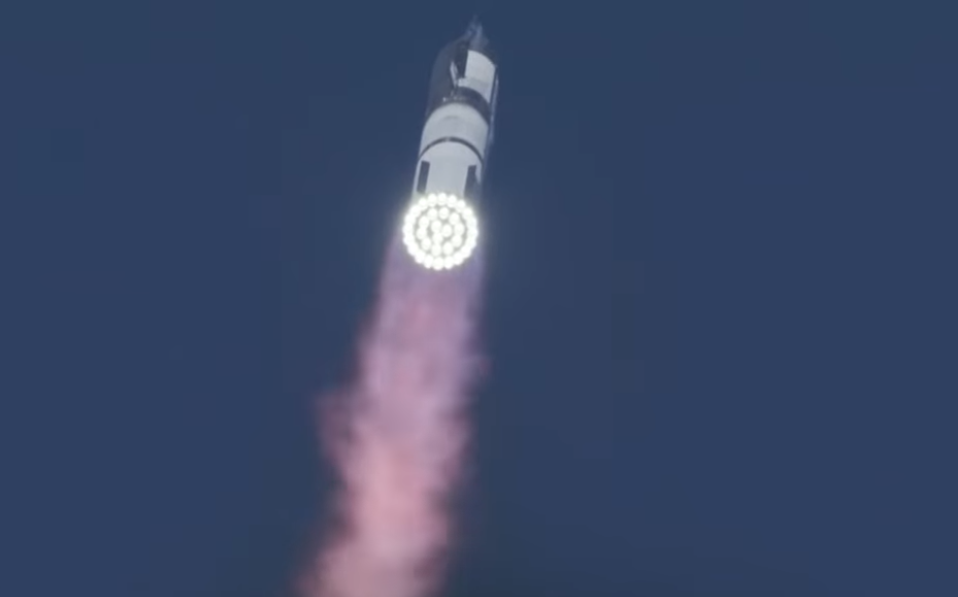BROWNSVILLE, Texas (Aug. 26, 2025) — SpaceX achieved a major milestone Tuesday with the successful launch of its 10th Starship test flight from Starbase, near Brownsville, overcoming a series of earlier setbacks to emerge victorious in both engineering and ambition.
At 6:30 p.m. CDT, the towering 400‑foot Starship—comprising the Super Heavy booster and the Ship 37 upper stage—blazed off on a meticulously orchestrated suborbital journey. All 33 Raptor engines on the booster ignited as planned, and a clean stage separation followed.
The booster executed a boostback and landing burn before performing a controlled splashdown in the Gulf of Mexico, while Ship 37 continued its ascent, deploying eight Starlink mass simulators into space. The upper stage then conducted an in‑flight Raptor engine relight test, reentered the atmosphere, performed a landing flip, and softly splashed down in the Indian Ocean.
SpaceX reports that “every major objective was met,” delivering critical data on heat‑shield durability, structural integrity, and the limits of the vehicle—fueling the next phase of design refinements.
This success marks the first time in 2025 that a Starship flight has not ended in an explosion—preceding missions in January, March, and May all suffered failures during ascent or reentry, and a ground‑test explosion in June destroyed the originally planned Flight 10 vehicle.
Looking ahead, SpaceX plans to iterate on the current design and may launch the next Starship in about three weeks, according to CEO Elon Musk.
Quick Facts
| Detail | Information |
|---|---|
| Launch Date & Time | August 26, 2025 — 6:30 p.m. CDT |
| Launch Site | SpaceX Starbase, near Brownsville, Texas |
| Booster | Super Heavy, 33 raptor engines |
| Upper Stage | Ship 37, Block 2 variant |
| Payload | 8 Starlink mass simulators |
| Results | All major objectives accomplished |
| Splashdown Zones | Gulf of Mexico (booster), Indian Ocean (Ship) |
| Next Steps | Iteration and potential launch in ~3 weeks |
Local Impact: The successful flight showcases Brownsville’s critical role in the space race.





